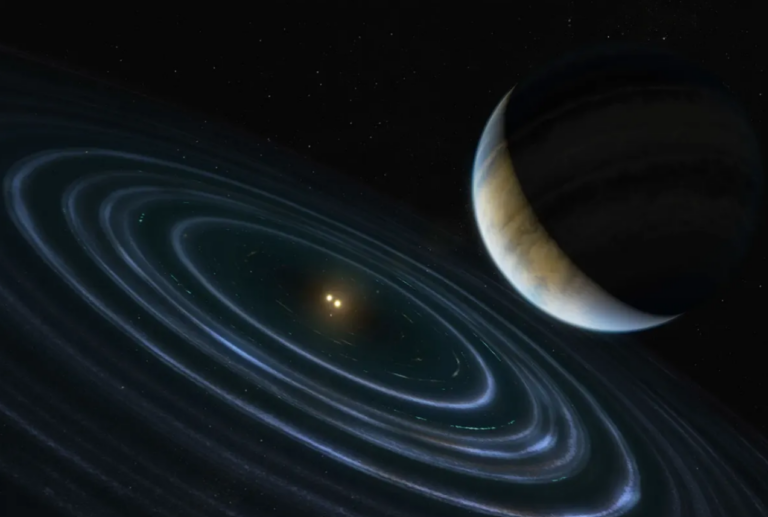Scientists are using the game of ‘connect the dots’ to search for the elusive ‘Planet Nine’.
Researchers have made significant strides in narrowing down the potential whereabouts of the mysterious “Planet Nine” by ruling out over three-quarters of its hypothetical orbital path. In a recent research endeavor, scientists, who have been diligently searching for this planet for close to ten years, are optimistic about pinpointing its location in the near future.
Also known as Planet X, Planet Nine is a theoretical celestial body thought to exist in the outer reaches of our solar system. Initially proposed in 2016 by Caltech astronomers Michael Brown and Konstantin Batygin, the concept gained momentum when discrepancies in the orbits of objects in the Kuiper Belt were noted by other astronomers.
Brown and Batygin postulated that these irregular orbits could only be accounted for by the gravitational pull of a large, unseen planet.
Subsequent revelations about the characteristics of Planet Nine have come to light. With an estimated mass around seven times that of Earth, it would stand as the fifth-largest planet in our solar system. Positioned between 500 and 600 astronomical units from the sun, its presumed location places it significantly beyond Neptune.

Despite the progress made in understanding, uncertainties persist regarding the elliptical orbit of Planet Nine, which may take anywhere from 5,000 to 10,000 years to complete. Additionally, its orbital inclination in comparison to known planets and its current position within its orbit have yet to be established, presenting challenges to detection efforts.
In their most recent study, detailed in a preprint article on arXiv, Brown, Batygin, and Matthew Holman from Harvard University leveraged data from the Panoramic Survey Telescope and Rapid Response System (Pan-STARRS) in Hawaii to map out the expected orbital trajectory of Planet Nine.
Despite analyzing 78% of the targeted area, the mysterious planet remained elusive. These findings are currently pending peer review.
Brown stressed the importance of expanding the search to more distant regions, recognizing the complexity of the task at hand. By utilizing Pan-STARRS data, the team meticulously monitored monthly changes in celestial positions, a computationally demanding task given the numerous celestial bodies displaying similar behaviors.
To reduce the risk of overlooking Planet Nine, the team introduced thousands of simulated planets into the dataset. The team’s high success rate in identifying these decoys indicates a low probability of missing the actual planet within the search area, narrowing down its potential location to the farthest 22% of the projected orbit.
Brown and Batygin are determined to continue their research by utilizing data from the Subaru Telescope. Their goal is to explore areas that were previously inaccessible and strengthen the validity of their findings.
In the event that their current efforts do not yield the desired results, they have high hopes for the upcoming Vera C. Rubin Observatory, which is scheduled to begin operations in 2025. This observatory presents another chance for groundbreaking discoveries.
Brown is optimistic about the advancements made so far and predicts that within a year of the Rubin Observatory becoming operational, they will successfully locate Planet Nine. This achievement will undoubtedly be a significant milestone in the field of astronomical exploration.
Do not forget to share your opinion with us to provide you with the best posts !




0 Comments